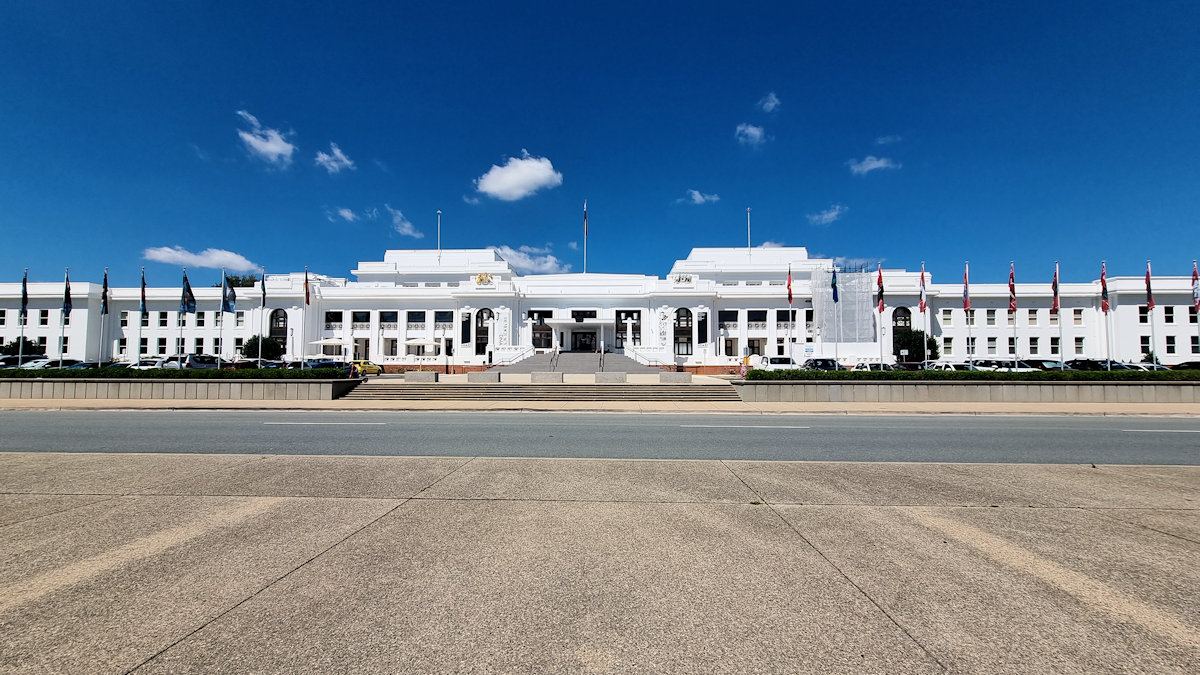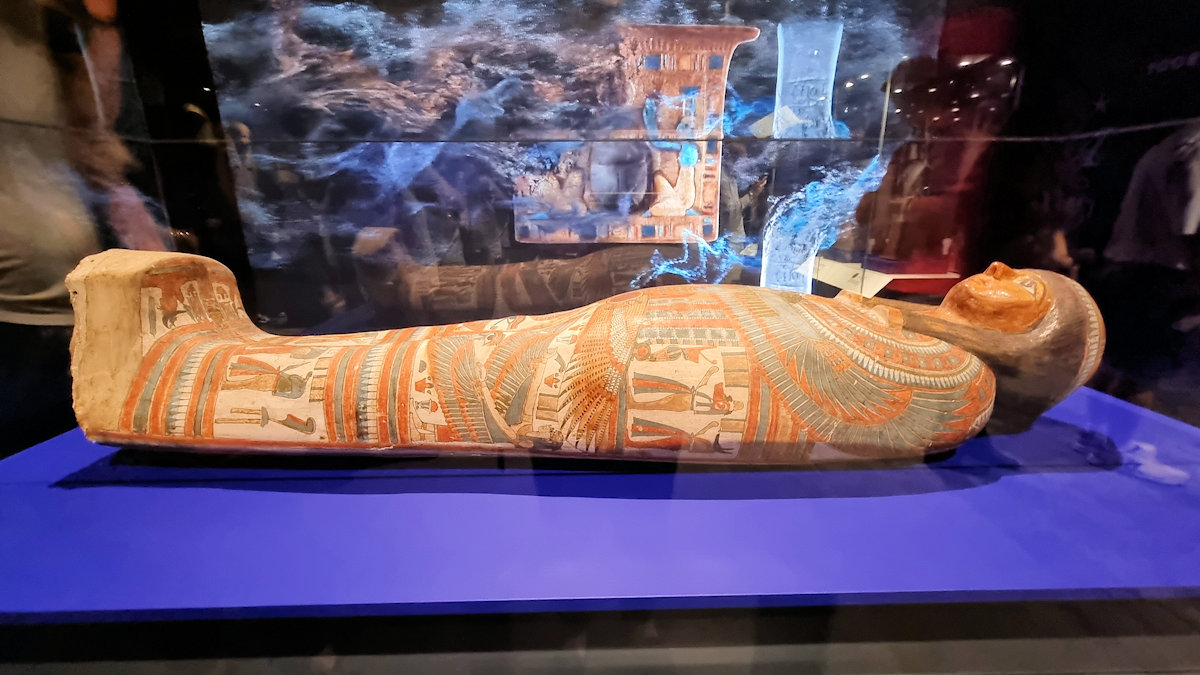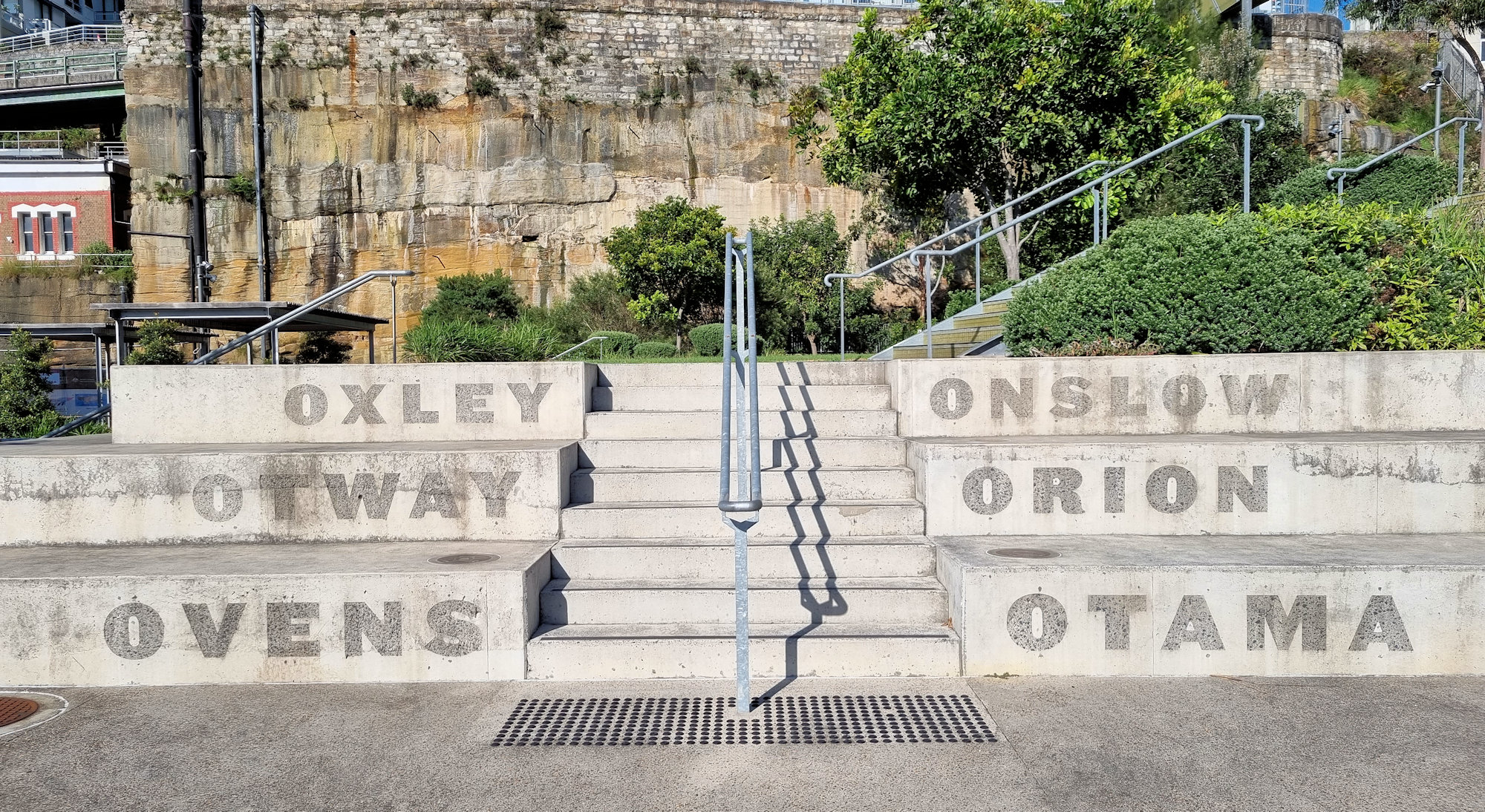Tag: museum
-
Old Parliament House Canberra

Old Parliament House Canberra Only intended as a temporary home for the Australian Parliament, Old Parliament House in Canberra actually operated as the seat of government from 1928 until 1988. At this time the government move to the new Parliament House on Capital Hill. It now houses the Museum of Australian Democracy as well as… Read more
-
Discover Ancient Egypt in Canberra

Discover Ancient Egypt At The National Museum of Australia in Canberra On display until 8 September 2024 at the National Museum of Australia in Canberra, Discover Ancient Egypt displays fascinating artifacts from the Dutch National Museum of Antiquities (Rijksmuseum van Oudheden). What’s on Display Entering the museum, you are greeting by a statue of Anubis,… Read more
-
Sub Base Platypus Sydney

Sub Base Platypus Sydney Sub Base Platypus is a unique site located in Neutral Bay, Sydney, Australia. The site has a rich history dating back to the early 1900s when it was originally used as a gasworks site. In the early 1960s, the site was acquired by the Royal Australian Navy (RAN) and used as… Read more